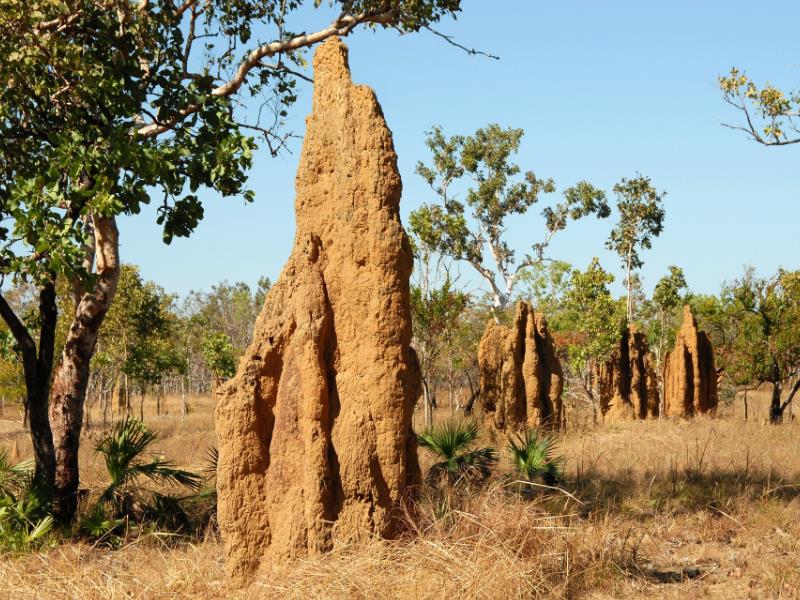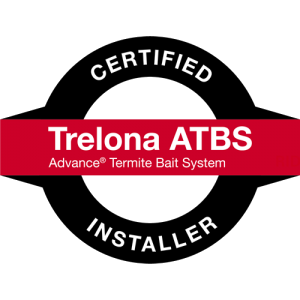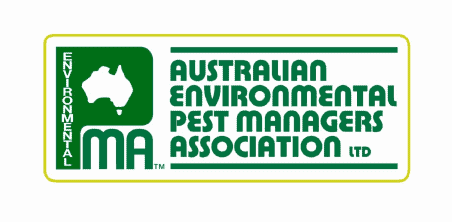Termites, of the order Blattodea, are the small insects best known for eating wood. The order Blattodea also includes cockroaches, which are genetically related to termites; it is believed that termites evolved from a particular genus of wood-eating cockroaches, the Cryptocercus. There are more than 3,100 species of termites known throughout the planet, and they can be found on all continents except for Antarctica. However, different regions of the planet experience significantly different levels of termite diversity, as while Africa is home to more than 1,000 recorded species of the pest, only 10 are present throughout Europe.
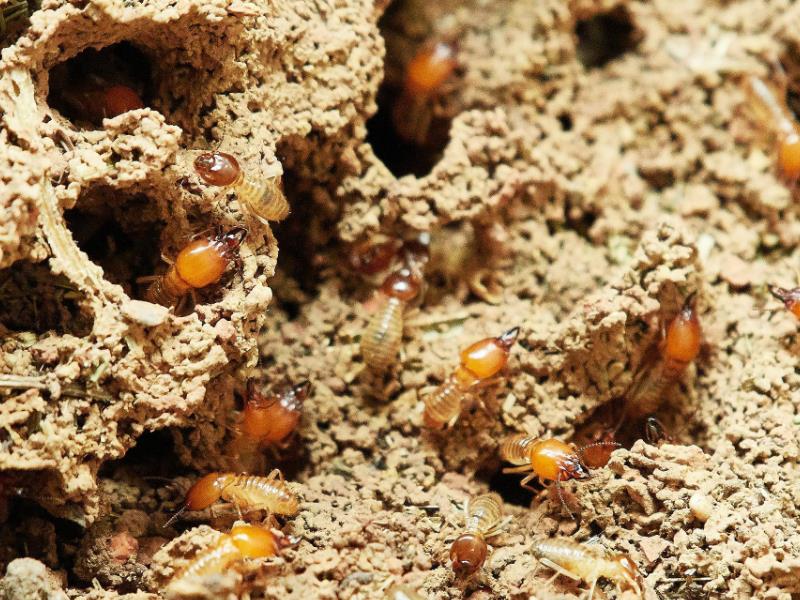
A collection of termites moving around a nest
What Do They Look Like?
Termites are commonly referred to as ‘white ants’ due to their physical appearance being similar to an ant that is white in colouration, but they are not related to ants in any way. As with many other insects, the diversity of the 3,000+ species of termites makes it difficult to provide a fitting generic description that will perfectly describe all species without conflict.
Typically, a termite is quite small, with an average length between 4 and 15 millimetres. Some species can become much larger, however, with the queens of the species Macrotermes bellicosus coming in at up to 100 millimetres in length.
The worker and soldier castes of most termite species usually do not have eyes of any sort. There are some exceptions to this rule, however, such as the species Hodotermes mossambicus, where compound eyes are used to distinguish between moonlight and sunlight as well as provide the termite with a sense of orientation. The alates of most species, the reproductive caste, do have eyes, which they use to navigate as they seek out a new nesting location.
Atop a termite’s head usually reside a pair of antennae, which are used to provide a variety of signals to the pest. For the blind termites, they are used for navigation, as they can provide the sense of taste, touch, smell, vibration, and heat. At the bottom of the head are a pair of mandibles, amongst a broad range of other mouthparts. All termites have three pairs of legs, one for each segment of the thorax. Alates have two pairs of wings, located on the mesothorax and metathorax. Behind the thorax is the abdomen, which is always segmented ten times regardless of how big or small the termite is.
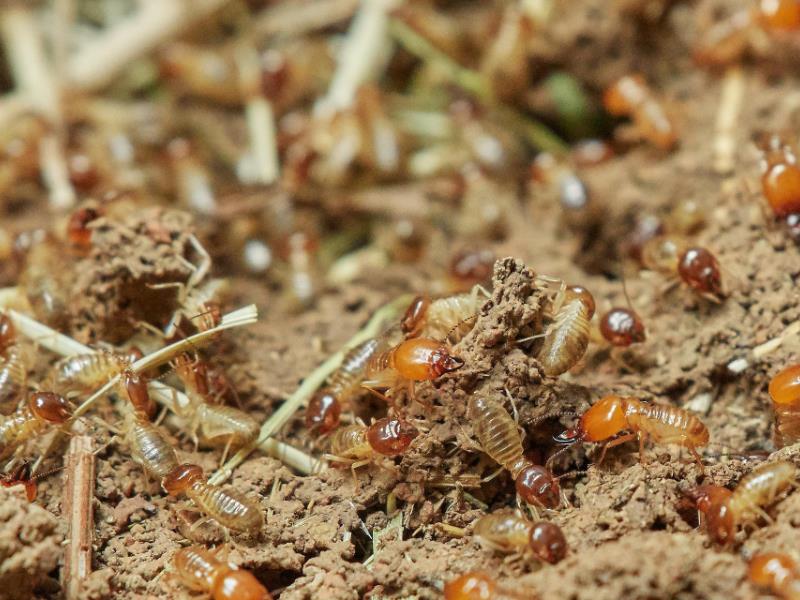
More termites roaming a nest
When Are They A Threat?
Termites are a significant household threat, particularly in homes bordering on the bush or other heavily-wooded areas. There are commercial solutions available to help prevent termites from entering your home or property, but in terms of practical steps homeowners can take, there is little you can do beyond regularly inspecting your property yourself and ensuring that there no loose wood is kept near your home.
How Do They Form New Nests?
New termite colonies are formed when alates take flight. Alates shed their wings once they land and pair up in search of a suitable location for a new colony. They typically look for locations that could support a full colony, which means they require easy access to food, water, and shelter. Once the termites have found such a location, they will dig out a chamber large enough for the two of them, seal it off, and begin the mating process. The king and queen are monogamous and will live together inside of that chamber for the rest of their lives without ever leaving. Once offspring are borne, they begin the act of tunnelling to expand the colony and find food from sources further away.
What Risk Do They Pose?
While termites pose little risk to the immediate health of human beings, they feed primarily on cellulose (though some species are able to eat other plant matter). Cellulose is a primary component of wood, and termites found in nature fulfil an important role in their surrounding environment.
Unfortunately, though, wood is a primary building material in many modern homes, and a single house could feed a termite colony for years. As a consequence, termites are commonly drawn to homes, where they will begin to feast on the wood present. This can result in minor cosmetic damage, from bulging walls and floorboards through to minor holes appearing in the building’s façade, or major structural damage, causing the building to become unsafe for habitation. As a result, despite the beneficial qualities they may hold in nature, most property owners will opt to immediately remove any termites found within their homes.
Is There Anywhere In Particular They’re A Bigger Threat?
Termites are present everywhere in Australia, and there is no particular region where they are a larger threat than anywhere else. However, since termites need both food and water to survive, any home in a heavily-wooded region that also experiences large quantities of water, either in a single still body, such as a lake, or regular heavy rainfall, should be considered to be at a higher risk of a termite attack. Fortunately, while there are few steps homeowners can take to protect themselves, there is a myriad of commercial services available that are capable of keeping homes safe from termite attacks.
